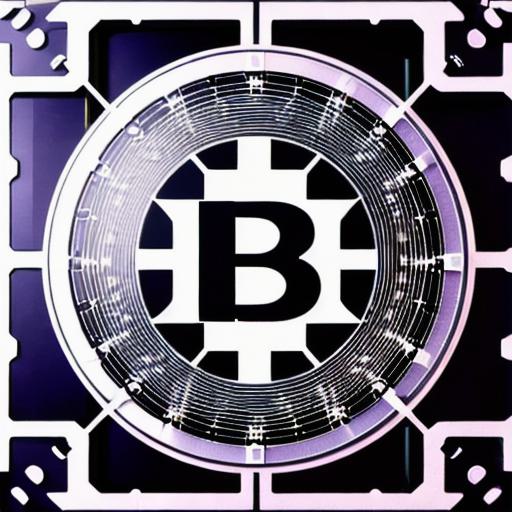In recent years, there has been a lot of buzz about Web3 and the Metaverse. While these terms are often used interchangeably, they actually refer to two distinct concepts. In this article, we will explore the differences and similarities between Web3 and the Metaverse, and examine how they could change the world as we know it.
Web3: A Decentralized Future
At its core, Web3 is a decentralized version of the internet. It’s built on blockchain technology, which allows for secure and transparent transactions without the need for intermediaries like banks or governments. Web3 also leverages smart contracts to automate processes, making them more efficient and cost-effective.
One of the key features of Web3 is its ability to enable decentralized applications (dApps). These are applications that run on a distributed network rather than a central server, allowing for greater security, scalability, and flexibility. Some examples of dApps include decentralized exchanges, lending platforms, and even social media networks.
Web3 also promises to empower users by giving them greater control over their data and identity. With Web3, users can store their data on a blockchain, which makes it tamper-proof and impossible for hackers to access. Users can also choose how much personal information they share with others, giving them greater privacy and security.

The Metaverse: A Virtual Reality Experience
On the other hand, the Metaverse refers to a virtual reality (VR) environment that is accessible through a headset or other wearable device. It’s essentially an immersive digital world that allows users to interact with each other and the environment in real-time.
The Metaverse has already been around for some time now, with platforms like VRChat and Rec Room being popular examples. However, it’s only recently that it’s started to gain traction as a way of connecting people from all over the world and enabling new forms of interaction.

One of the key benefits of the Metaverse is its ability to enable users to interact in real-time with people from all over the world. This can be useful for business meetings, social events, or even education. The Metaverse also offers a unique opportunity to create and share content, allowing users to become creators themselves.
Comparing Web3 and the Metaverse
While both Web3 and the Metaverse are decentralized in nature, they serve different purposes. Web3 is focused on creating a more efficient and secure version of the internet, while the Metaverse is focused on creating immersive digital experiences.
That being said, there are some similarities between the two concepts. Both Web3 and the Metaverse rely on blockchain technology to enable secure and transparent transactions, and both offer new forms of interaction and collaboration.
The Future of Web3 and the Metaverse
As Web3 and the Metaverse continue to evolve, it’s clear that they have the potential to change the world as we know it. By enabling decentralized applications and immersive digital experiences, these two concepts could enable new forms of collaboration and creativity that were previously impossible.
Of course, there are also challenges to overcome. Web3 needs to address issues like scalability and interoperability, while the Metaverse needs to overcome concerns about security and privacy. But with continued innovation and investment, both Web3 and the Metaverse have the potential to become game-changers in the world of technology.
Conclusion
In conclusion, Web3 and the Metaverse are two distinct concepts that offer different benefits and serve different purposes
